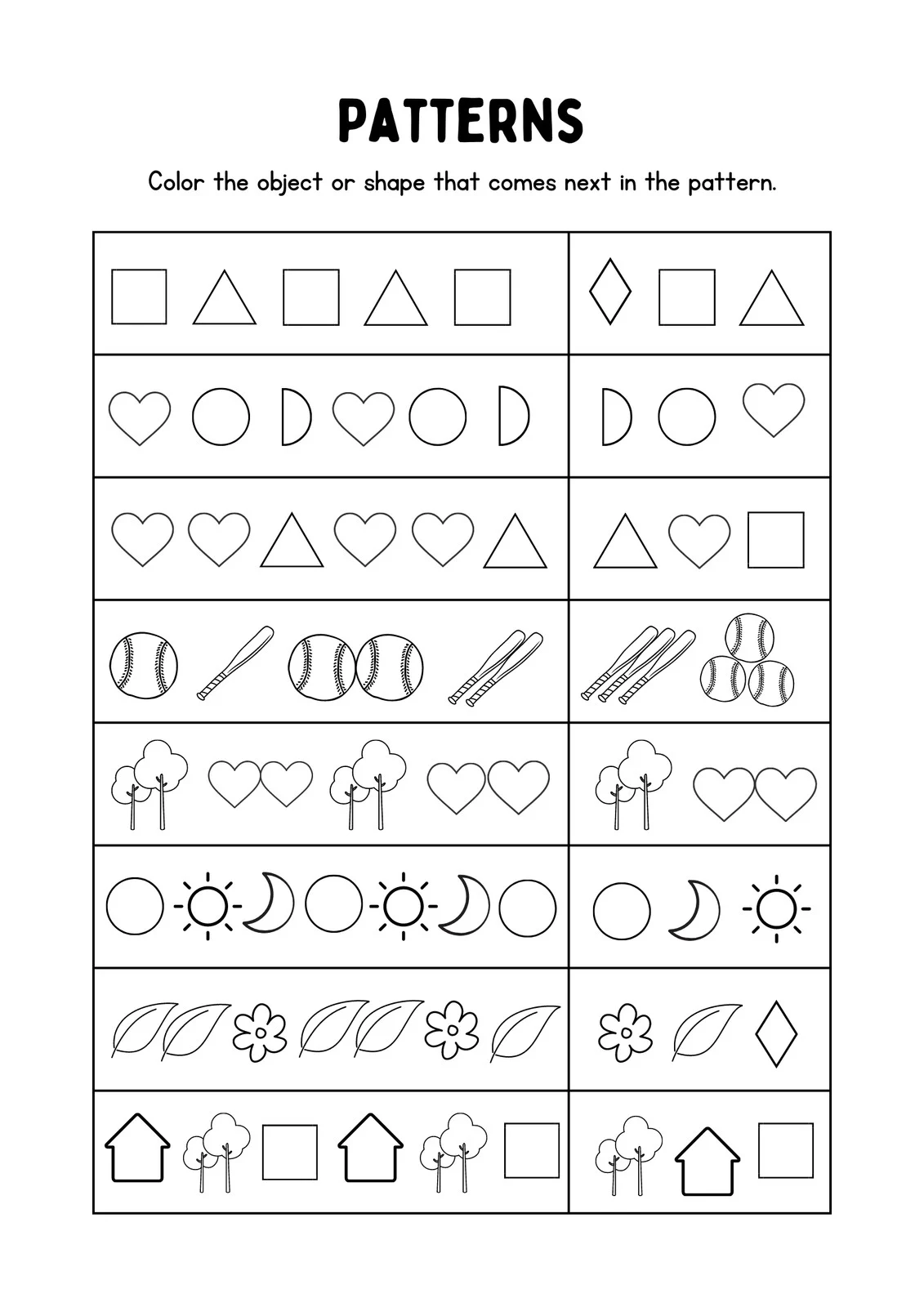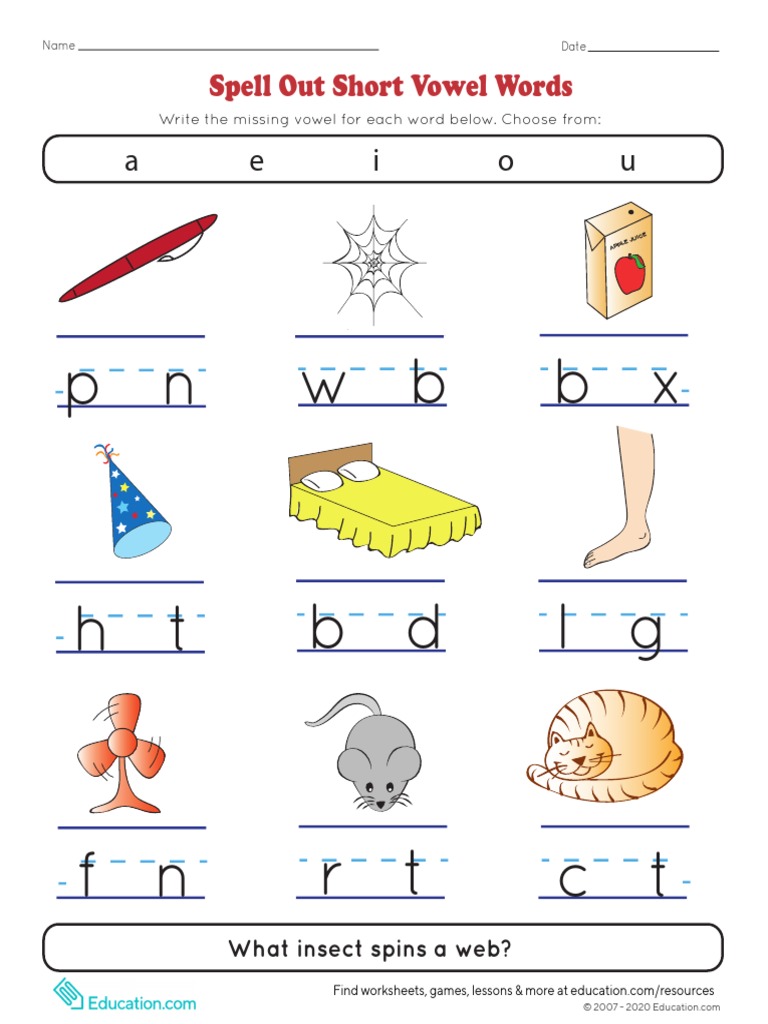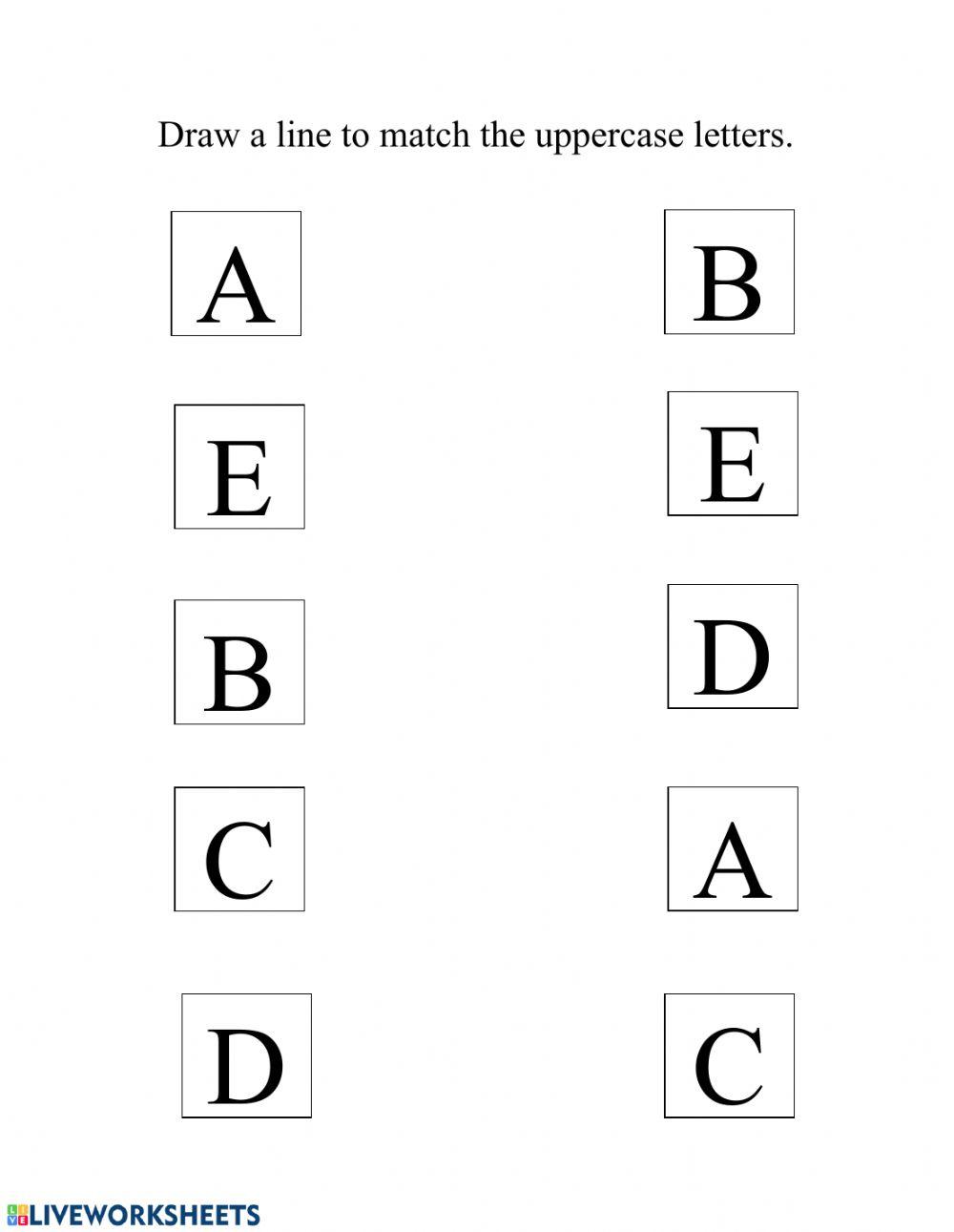Shapes are all around us, and recognizing them is a fundamental skill that lays the groundwork for understanding geometry and spatial relationships. One engaging way to teach shapes is through object patterns. Patterns not only help children recognize shapes but also foster critical thinking, problem-solving skills, and creativity. In this article, we will explore the importance of shapes and object patterns, provide examples, and offer fun activities to help children learn through play.
The Importance of Shapes in Early Learning
Shapes are essential building blocks in early childhood education. They help children:
-
Develop Spatial Awareness: Recognizing shapes helps children understand how objects relate to one another in space, which is crucial for navigation and movement.
-
Enhance Fine Motor Skills: Activities involving shapes often require cutting, tracing, or manipulating objects, which aids in developing fine motor skills.
-
Build Problem-Solving Abilities: Identifying and creating patterns encourages children to think critically and recognize sequences, enhancing their problem-solving skills.
-
Encourage Creativity: Exploring shapes through art and crafts allows children to express themselves creatively while learning.

Understanding Object Patterns
Object patterns are sequences created using shapes or objects that repeat in a specific order. For example, a pattern can consist of alternating shapes like a circle, square, circle, square, and so on. Recognizing and creating patterns helps children understand relationships between objects and enhances their cognitive development.
Common Shapes to Explore
Before diving into object patterns, it’s essential to familiarize children with common shapes. Here are some basic shapes to introduce:
- Circle
- Square
- Triangle
- Rectangle
- Oval
- Hexagon
Encourage children to identify these shapes in their environment, such as a clock (circle), windows (rectangle), or pizza slices (triangle).
Examples of Object Patterns
Here are a few examples of simple object patterns using basic shapes:
-
Shape Patterns:
- Circle, Square, Circle, Square
- Triangle, Triangle, Square, Triangle, Triangle, Square
-
Color Patterns:
- Red Circle, Blue Square, Red Circle, Blue Square
- Green Triangle, Green Triangle, Yellow Rectangle, Green Triangle, Green Triangle, Yellow Rectangle
-
Size Patterns:
- Small Circle, Medium Circle, Large Circle, Small Circle, Medium Circle, Large Circle
-
Shape Combinations:
- Square, Circle, Triangle, Square, Circle, Triangle
Fun Activities for Learning Shapes and Patterns
Here are some engaging activities to help children learn about shapes and object patterns:
1. Shape Sorting
Gather various objects in different shapes (e.g., buttons, blocks, cut-out shapes) and have children sort them into groups based on their shapes. This activity reinforces shape recognition and categorization skills.
2. Create Shape Art
Provide children with colored paper in various shapes and encourage them to create artwork using those shapes. They can create a scene (like a house or a garden) and discuss the shapes they used. This activity promotes creativity while reinforcing shape recognition.
3. Pattern Hunt
Take children on a “pattern hunt” around the house or classroom. Ask them to identify and document patterns they see, such as tiles on the floor, stripes on a shirt, or patterns on wallpaper. This encourages observation and critical thinking.
4. Building Block Patterns
Using building blocks, challenge children to create patterns by stacking shapes in a particular order. For example, they could create a tower using a sequence of a square block, a triangle block, and then a rectangle block. This activity helps with spatial awareness and creativity.
5. Pattern Games
Introduce games that involve patterns, such as:
- Pattern Walk: Create a path using shapes on the floor. Children can walk along the path and mimic the pattern as they go.
- Shape Bingo: Create bingo cards with different shapes and call out shapes for children to mark. This reinforces shape recognition in a fun way.
6. Interactive Storytime
Choose storybooks that incorporate shapes and patterns. As you read, pause to discuss the shapes and patterns in the illustrations. Encourage children to point out shapes they recognize. This makes reading interactive and reinforces learning.
Incorporating Technology
In today’s digital age, there are numerous apps and online resources designed to teach shapes and patterns. Interactive games and activities can enhance learning experiences and make learning more enjoyable. Look for educational apps that focus on shape recognition, pattern creation, and related skills.
Encouraging Mathematical Thinking
As children learn about shapes and patterns, encourage them to think mathematically by asking open-ended questions:
- “What comes next in this pattern?”
- “Can you create a new pattern using these shapes?”
- “How many different shapes can you find in this picture?”
These questions promote critical thinking and help children articulate their thought processes.
The Journey Beyond Shapes and Patterns
Once children become comfortable with basic shapes and object patterns, you can gradually introduce more complex concepts, such as:
- 3D Shapes: Explore three-dimensional shapes like cubes, spheres, and pyramids, and discuss their properties.
- Advanced Patterns: Introduce more intricate patterns, such as ABAB or ABCABC patterns, to challenge their understanding.
- Symmetry and Geometry: Discuss the concepts of symmetry and basic geometric shapes, enhancing their spatial reasoning skills.
Conclusion
Understanding shapes through object patterns is an exciting and essential part of early childhood education. Recognizing shapes not only enhances cognitive skills but also encourages creativity and problem-solving. By incorporating fun activities and interactive learning, children will develop a solid foundation in recognizing shapes and patterns. So gather your colorful shapes, explore your surroundings, and embark on this exciting journey of learning about shapes and object patterns together!



